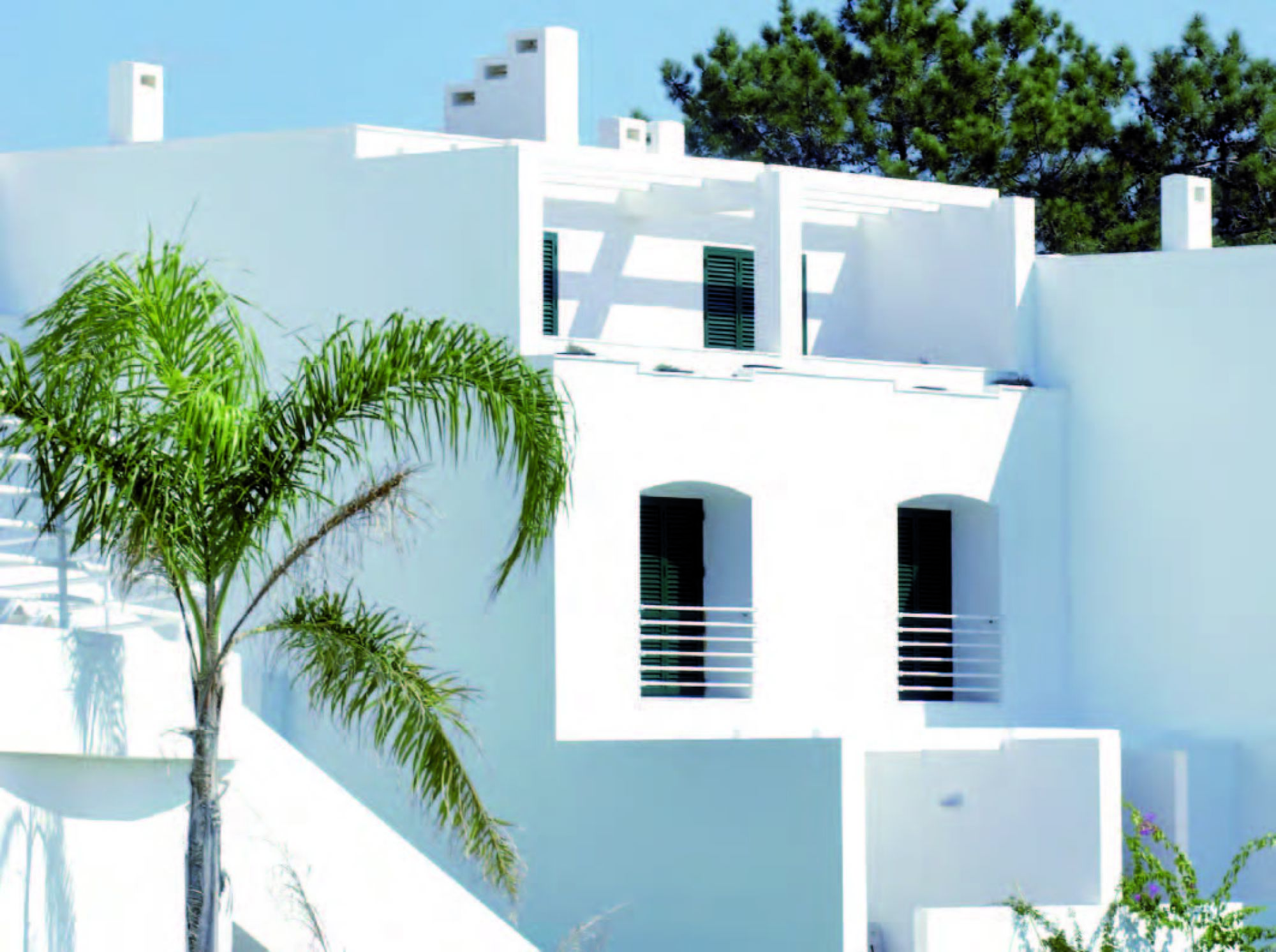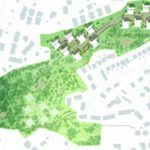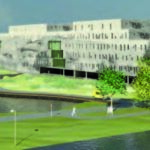With the energy crisis well apparent, and with the climatic changes created as a result of the inappropriate planning of human intervention on our planet, the concept of sustainability has acquired special importance in recent times.
A sustainable project has as a purpose, to minimize the consumption of resources throughout its entire process, beginning with its construction, its usage, and ending with the demolition and recycling of the building. In the case of a tourism project, this concern has special relevance in terms of energy consumptions and water resources, as far as environmental quality concerns, that have to be evaluated at the beginning of the project.
In architectural terms these should be orientated, as often as possible, to Bio-Climatic Design principles, where factors such as the building’s orientation, its solar geometry, its window and solar-shading studies, and a good insulation system, allow for a better balance between energy gains and losses. When designing a resort the adoption of natural ventilation systems complementing the air conditioning systems, the usage of interior patios, and other traditional architectural techniques contribute to the creation of healthier environments; environments which are more interrelated with their surroundings. In addition to this, when it comes to network infrastructure, there are new air conditioning techniques using floor and radiant pavements, which provide greater ecological benefits and ultimately a better interior air quality.
Material selection also plays an important role in a sustainable project. Materials which do not contain or emit harmful substances can be picked, while at the same time promoting the usage of those that focus on environmental sustainability. For example, the usage of varnishes that are solvent free, the preference for timber originating from forest plantations and not from tropical forests, contribute to a better environment and reduce the greenhouse effect. The usage of laminate flooring, wood-based boards or melamine boards make it easier for cleaning the room and reduce mite that cause allergies, apart from always looking clean.
Our role as architects is to be aware of the entire framework, and analyze the applicability of its principles in every case with which we are confronted with. Obviously in a city hotel it is difficult to think of solar orientation and geometry as the building is limited to an existing plot, but on the other hand in a resort the location of the buildings should be connected to its topography, to the landscape and its system of views, and to the different environmental aspects.
It is always possible to use some of these principles, and contribute to a more natural and healthier environment. From the user’s point of view there exists an increasing number of clients with a certain cultural background and environmental concern about the sustainability of our planet, that prefer more ‘eco-friendly’ accommodation. For that it is necessary to mould the entire product, not just the actual building but also, for example, food & beverage, amenities, activities, etc.
A strategy for sustainable tourism can be explored as a competitive advantage, especially in a country that not only has the sun, but also various landscape resources that should not be destroyed but instead should be saved for future generations.



